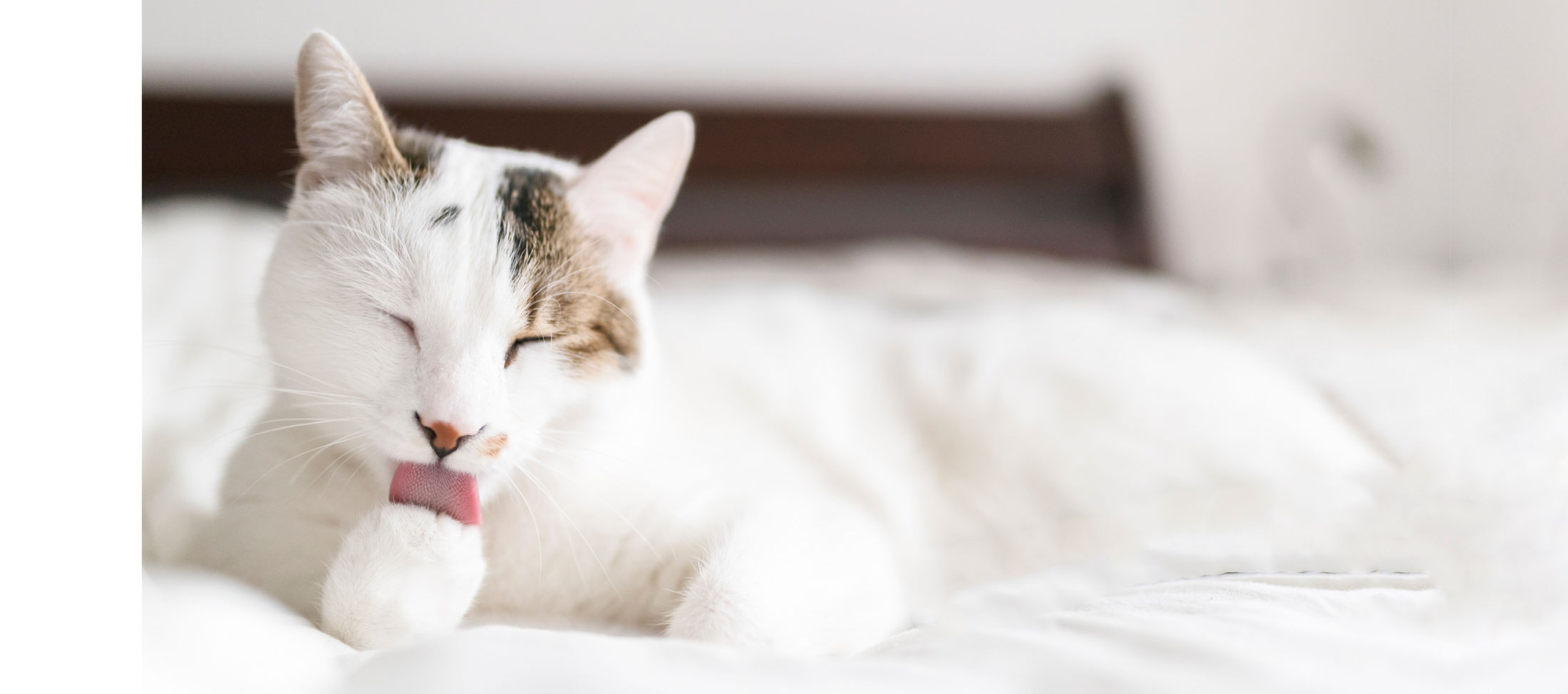Library
-
Cleaning your cat's teeth every day at home will help prevent plaque and tartar build-up. Use of a pet toothpaste is recommended, but even wiping a Q-tip across your cat's teeth and gums goes a long way to reduce plaque and tartar accumulation. For proper dental evaluation and care, your cat must be safely placed under general anesthesia. The examination usually includes dental X-rays and probing to evaluate gum bleeding and periodontal pockets. Tooth scaling will be performed, using both hand and ultrasonic scalers, to remove tartar above and below the gum line.
-
Plaque and tartar forms on teeth daily and, if allowed to accumulate, will cause progressive periodontal disease. Cleaning your dog's teeth every day at home helps prevent plaque and tartar build-up. For proper dental evaluation and care, your dog must be safely placed under general anesthesia. The examination usually includes dental X-rays and probing to evaluate gum bleeding and periodontal pockets. Tooth scaling will be performed, using both hand and ultrasonic scalers, to remove tartar above and below the gum line. Removing plaque and tartar before disease occurs is the foundation of preventative dentistry.
-
Dental disease, also known as periodontal disease, is a condition in which the tissues supporting the teeth become inflamed. When a pet develops dental disease, significant quantities of bacteria reside within the mouth and the oral tissues. These bacteria can enter the bloodstream and travel to other areas such as the liver and kidneys, causing distant or systemic effects.
-
Dental disease is one of the most common medical conditions seen by veterinarians. The most common types of dental disease in cats are periodontal disease and tooth resorption. This article discusses the most common dental diseases in cats, signs, diagnostic procedures, treatments, and preventive steps to keep a cat's teeth healthy.
-
Dental pain may take on a variety of appearances, but often, a cat will not show any outward signs of pain. The only effective treatment for dental pain is to address the cat's underlying dental disease. The best way to prevent dental pain is to ensure that your cat receives regular dental care through a home dental care plan and regular veterinary dental care.
-
Dental pain may take on a variety of appearances, but often, a dog will not show any outward signs of pain. The only effective treatment for dental pain is to address the dog's underlying dental disease. The best way to prevent dental pain is to ensure that your dog receives regular dental care through a home dental care plan and regular veterinary dental care.
-
Diarrhea means the production of feces that are softer than normal. Normal equine feces are produced in formed, non-offensive smelling, greenish-brown, semi-solid portions that will break up in the hand, revealing varying degrees of fibrous content depending upon diet.
-
Cats are not completely color blind, as they can see yellow and blue, as well as shades of gray. Their eye structure allows them to see better in dim light compared to people. Near-sightedness is common among cats.
-
Dogs are not completely color blind, as they can see yellow and blue, as well as shades of gray. Their eye structure allows them to see better in dim light compared to people. Near-sightedness is common among dogs.
-
Dobies can be great family pets and most have been bred to live happily in the human environment. These large beauties are fiercely loyal, inspiring to look at, and endearing once you get to know them. They will protect you and stand by you in any situation.



